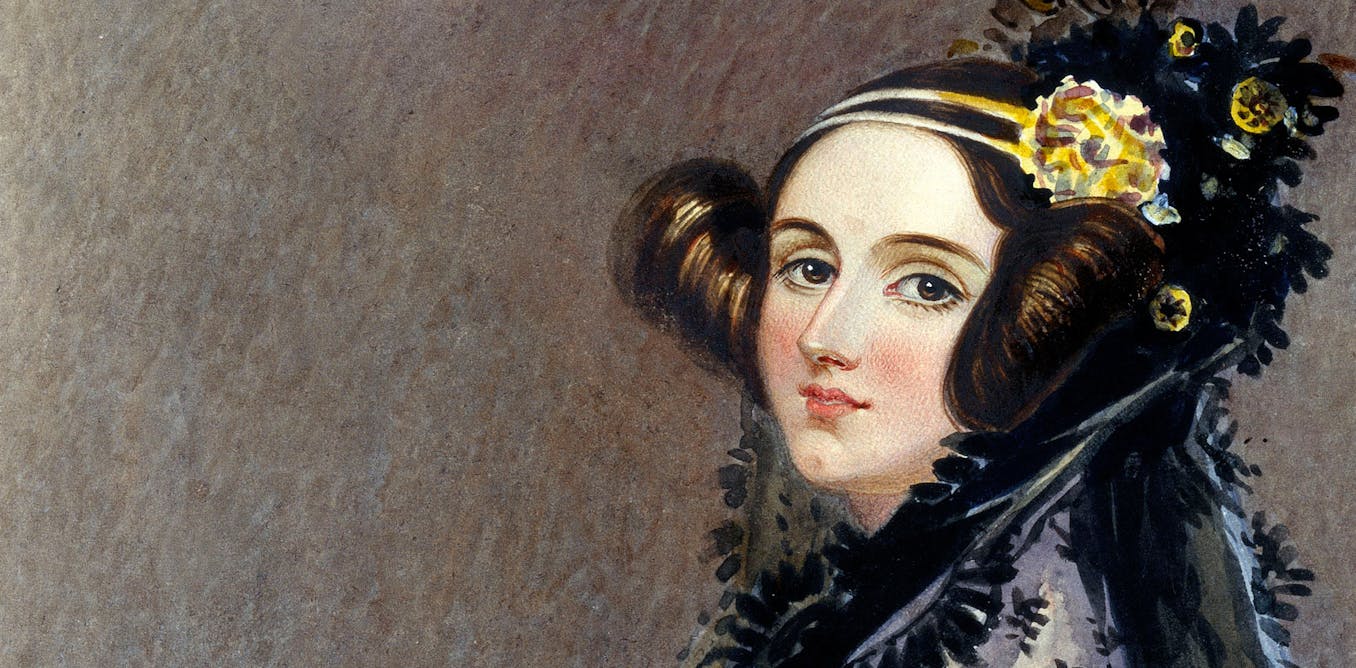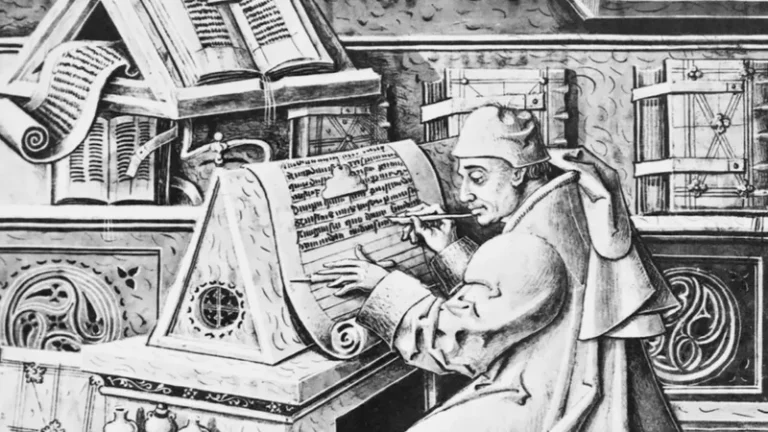In a world often dominated by men, there are women who have blazed trails, shattered glass ceilings, and rewritten history. This post delves into the lives and achievements of such fearless women who dared to challenge norms and fight for equality. Prepare to be inspired by their stories of resilience, courage, and unyielding spirit.
From the fiery political arena to the competitive corporate ladder, these women have firmly engraved their names on the sands of time. They were not just participants in history, but makers of it. They rose above societal and gender constraints, and their tales are an echo of power, reminding us of the strength that lies in every woman.
Trailblazing Women: Pioneers Who Made History and Shattered Glass Ceilings is an exploration into the lives of these extraordinary women. We will be navigating through their journeys, understanding their struggles, celebrating their triumphs, and deriving inspiration from their indomitable spirit. This is not just about past achievements, but also how they have paved the way for future generations.
Prepare for a deep dive into an empowering narrative that is sure to leave you in awe of the strength and resilience of these remarkable women. The stories shared will not only inspire, but also encourage every woman to dare to dream big, break barriers, and leave a lasting impact. Get ready to be inspired by this saga of female power and resilience.

Ada Lovelace: Computing’s Enchantress
Ada Lovelace, born Augusta Ada Byron in 1815, was not only the daughter of the Romantic poet Lord Byron but also a visionary who saw beyond the mechanical functions of early machines. Raised by her mathematically inclined mother, Annabella Milbanke, Ada was steered away from poetry and deeply immersed in the world of mathematics and science—an unusual path for women of her era.
Her most notable contribution came through her collaboration with Charles Babbage, often referred to as the “father of the computer.” Babbage had conceived the idea of the Analytical Engine, a mechanical general-purpose computer. While Babbage focused on the hardware, Lovelace saw the potential of the machine beyond mere number-crunching. In 1842, she translated an Italian mathematician’s paper on the Analytical Engine and, in doing so, added her own extensive notes—three times the length of the original article.

In these notes, she outlined a method for the engine to calculate a sequence of Bernoulli numbers, which is widely considered to be the first computer algorithm ever published. This groundbreaking insight positions Ada Lovelace as the world’s first computer programmer.
What made Lovelace truly remarkable was her foresight. She theorized that computers could manipulate symbols according to rules and not just numbers—a prophetic vision of the modern computer’s capabilities in fields such as music, graphics, and artificial intelligence. She referred to this as “poetical science,” a fusion of imaginative intuition and logical reasoning.
Despite operating in a society that largely excluded women from academic and scientific circles, Lovelace’s legacy continues to resonate. Her work not only laid foundational concepts for computing but also challenged the notion of who could be a scientist or innovator. Today, Ada Lovelace stands as an enduring icon of STEM inspiration, proving that vision and intellect know no gender.
Implications of Lovelace’s Work
Hedy Lamarr’s invention of frequency-hopping spread spectrum technology, developed in collaboration with composer George Antheil, was initially conceived during World War II as a way to prevent enemy interception of radio-controlled torpedoes. The core idea was to make the radio signals used for communication jump from one frequency to another in a coordinated pattern, making it nearly impossible for adversaries to detect, jam, or intercept the transmission. Despite being patented in 1942, the innovation was not immediately adopted by the U.S. military, largely due to limitations in the available technology and the unconventional nature of its inventors—an actress and a musician.
It wasn’t until the 1960s, amid the heightened tensions of the Cold War and specifically during the Cuban Missile Crisis, that the U.S. Navy began to explore the potential of Lamarr and Antheil’s frequency-hopping technique for secure military communications. As digital technology advanced, the practical applications of their invention became increasingly apparent. Frequency-hopping spread spectrum became a key component in various forms of secure military communication and guided missile systems, setting the stage for its broader adoption in the commercial sector.
In the following decades, Lamarr’s pioneering work laid the foundation for a wide range of modern wireless technologies. The principles behind her invention are central to Bluetooth, Wi-Fi, GPS, and mobile networks. These systems rely on the ability to transmit data securely and efficiently across radio frequencies without interference—a direct application of frequency-hopping methods.
Today, we live in a world saturated with wireless connectivity, from streaming videos on smartphones to coordinating smart home devices. None of this would be possible without the groundwork laid by Lamarr and Antheil’s early innovation. What makes her contribution even more remarkable is that she envisioned a future of secure, flexible communication during an era when such technology was still in its infancy—and at a time when women were rarely credited in technical fields.
Lamarr’s work was not widely recognized during her lifetime, but in recent years, she has been posthumously celebrated as one of the hidden heroes of modern technology. In 2014, she was inducted into the National Inventors Hall of Fame, and her legacy continues to inspire new generations of women in STEM. Her story is a powerful testament to how a brilliant idea—no matter how ahead of its time—can revolutionize the world.
Hedy Lamarr: From Silver Screen to Frequency Hopping
Hedy Lamarr was an Austrian-American actress who co-invented an early version of frequency-hopping spread spectrum communication, a technology used in modern Bluetooth and Wi-Fi devices. While Lamarr is primarily remembered for her acting career, her contributions to technology have had far-reaching implications.
Together with composer George Antheil, Lamarr developed a method to prevent the interception of radio signals, essential during the WWII era. Their invention has been recognized as a precursor to modern wireless communication technologies.
The Impact of Lamarr’s Invention
Lamarr’s frequency-hopping technique, developed with George Antheil, marked a revolutionary moment in the history of communications technology. Patented in 1942 during World War II, their innovation aimed to address a critical military issue—preventing the jamming of radio-controlled torpedoes. By using a method where the transmitter and receiver would rapidly switch among many frequencies in a synchronized pattern, Lamarr and Antheil sought to create a secure form of communication that could not easily be intercepted or disrupted by enemy forces. Although the U.S. Navy did not initially adopt the idea, the potential of frequency hopping was far ahead of its time.
It wasn’t until the 1960s that Lamarr’s invention started to gain practical application, particularly during the Cold War and the Cuban Missile Crisis, when the military began exploring more sophisticated communication techniques. The arrival of electronic components capable of implementing rapid frequency changes made the technology feasible, and Lamarr’s ideas were eventually integrated into secure military communications and missile guidance systems. This delay in recognition and implementation is a reflection of both technological limitations at the time and the systemic barriers women inventors often faced.
As technology evolved, so did the reach of Lamarr’s invention. The principles behind frequency hopping became foundational for a host of modern wireless communication methods. Technologies such as Bluetooth, Wi-Fi, GPS, and Code Division Multiple Access (CDMA) cellular systems all trace their roots to the frequency-hopping concept. These systems rely on rapidly switching frequencies to avoid interference, increase security, and optimize signal strength—capabilities that Lamarr and Antheil envisioned decades earlier.
Beyond its technical impact, Lamarr’s work symbolizes a crucial moment where innovation emerged from an unexpected place. As a Hollywood actress with a background far from engineering, Lamarr challenged the gender stereotypes of her era and helped pave the way for women in science and technology. Her story has since become emblematic of overlooked contributions by women in STEM fields, and her recognition in the National Inventors Hall of Fame in 2014 helped solidify her legacy.
In today’s hyperconnected world, where digital communication is an integral part of daily life, Lamarr’s work is more relevant than ever. From streaming music and video to enabling encrypted military operations, her invention serves as the bedrock of technologies that define the modern era. The widespread application and enduring importance of frequency hopping underscore just how far-reaching and transformative a single idea can be—especially when it dares to defy the limitations of its time.
Grace Hopper: The Queen of Code
Grace Hopper was a computer scientist and United States Navy rear admiral. Known for her work on the Harvard Mark I computer and the development of the COBOL programming language, Hopper played a pivotal role in the evolution of computer programming.
Hopper’s most significant contribution to computing is the development of the first compiler. This tool transformed programming from a tedious, manual process into an automatic one, drastically increasing efficiency and broadening the field’s accessibility.
Hopper’s Influence on Modern Computing
Grace Hopper’s pioneering work on COBOL and the invention of the compiler have had a profound and lasting impact on modern computing. By creating the first compiler—a tool that translates human-readable programming language into machine code—she revolutionized the way people interacted with computers. This breakthrough made programming more accessible to individuals without deep technical expertise, allowing a wider range of people to contribute to software development.
Her development of COBOL (Common Business-Oriented Language), one of the first high-level programming languages, further democratized computing. COBOL enabled businesses and governments to automate complex processes efficiently, laying the foundation for the growth of enterprise software. Hopper’s contributions not only shaped the trajectory of computer science but also helped fuel the expansion of the global tech industry as we know it today.
Women in STEM: The Present Scenario
Despite the groundbreaking contributions made by women like Lovelace, Lamarr, and Hopper, women remain underrepresented in the fields of science, technology, engineering, and math (STEM). However, the landscape is slowly changing. More women are pursuing careers in these fields than ever before, and numerous organizations are working to increase female representation in STEM.
- Women in Engineering ProActive Network (WEPAN) is an organization dedicated to promoting the success of women in engineering.
- Girls Who Code is a non-profit aiming to close the gender gap in technology by teaching girls to code.
The Future of Women in STEM
While there is still a long way to go, the increased focus on diversity and inclusion in STEM fields is promising. By honoring the contributions of past pioneers and providing resources and opportunities for the next generation, we can hope for a future where women are equally represented in these critical fields.
Conclusão
In conclusion, “Trailblazing Women: Pioneers Who Made History and Shattered Glass Ceilings” showcases the immense courage and indomitable spirit of women who broke barriers and opened up new frontiers. These female pioneers not only set precedents but also paved the way for future generations of women to achieve and excel in a multitude of fields. Each story is a testament to the power of resilience, determination, and belief in oneself.
This comprehensive review of their journeys and accomplishments underscores the fact that progress in gender equality has been hard-earned. It provides a stark reminder of the significant challenges women have faced, and continue to face, in the pursuit of equality and recognition.
Despite the adversities, these trailblazers have left an indelible mark on history, inspiring countless others to strive for their own dreams, regardless of societal norms or expectations. By honoring their legacy, we not only celebrate their individual achievements but also emphasize the importance of continued advocacy for women’s rights and opportunities.
“Trailblazing Women” is, therefore, not just a collection of inspiring tales, but a compelling call to action for all, to continue the work these extraordinary women started. It is an essential read for those seeking to understand the true breadth and depth of women’s contributions to our shared history.👏👏👏



